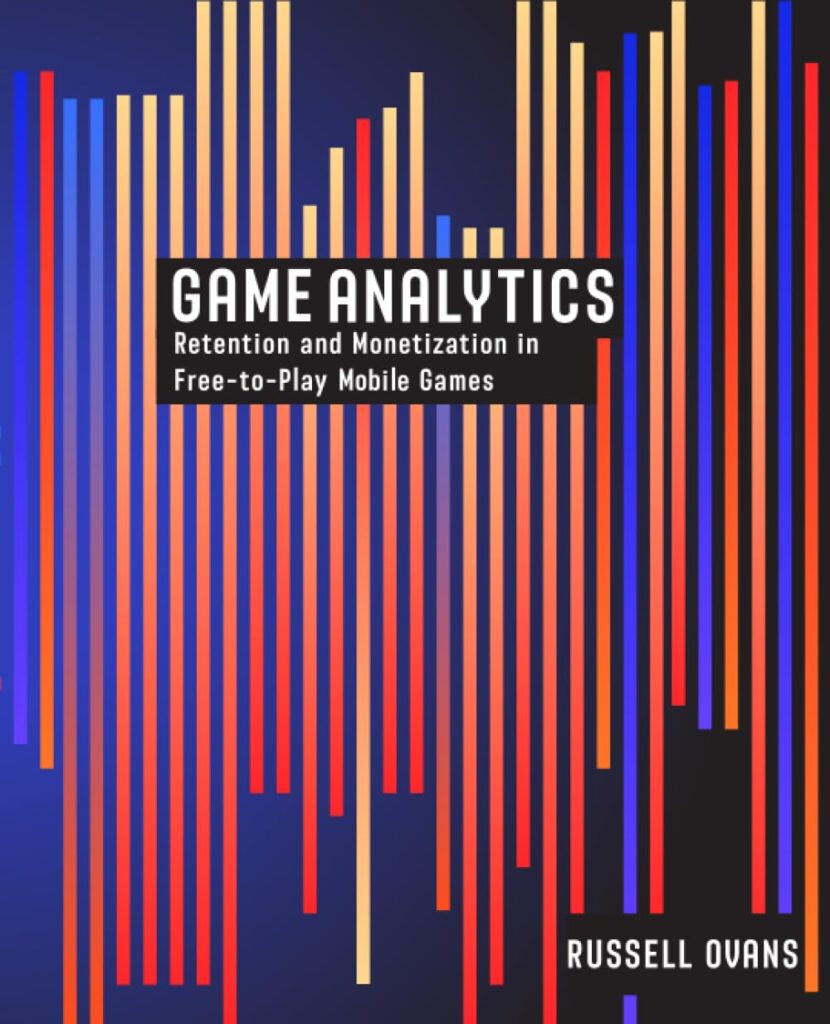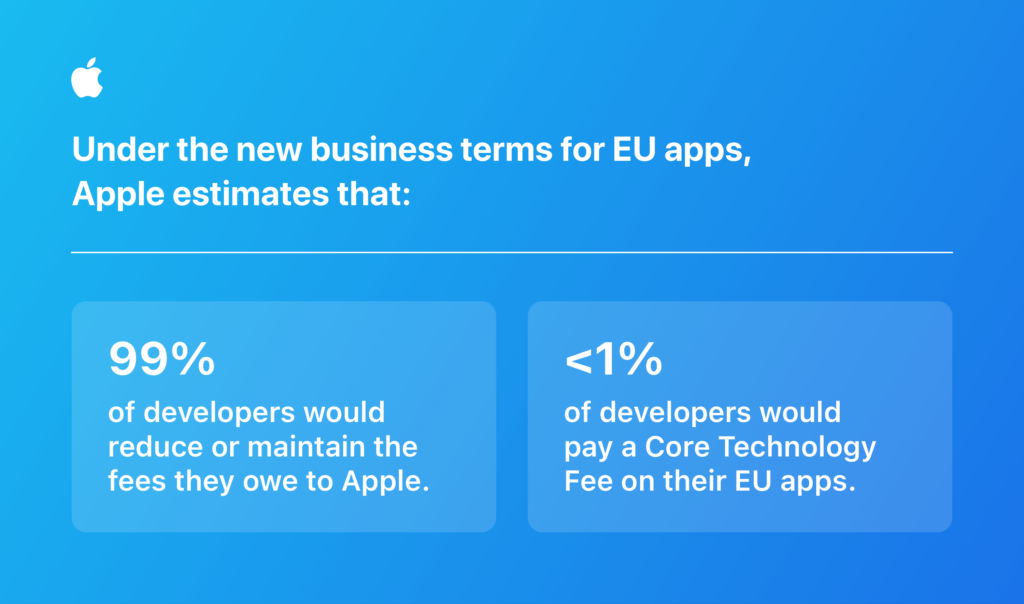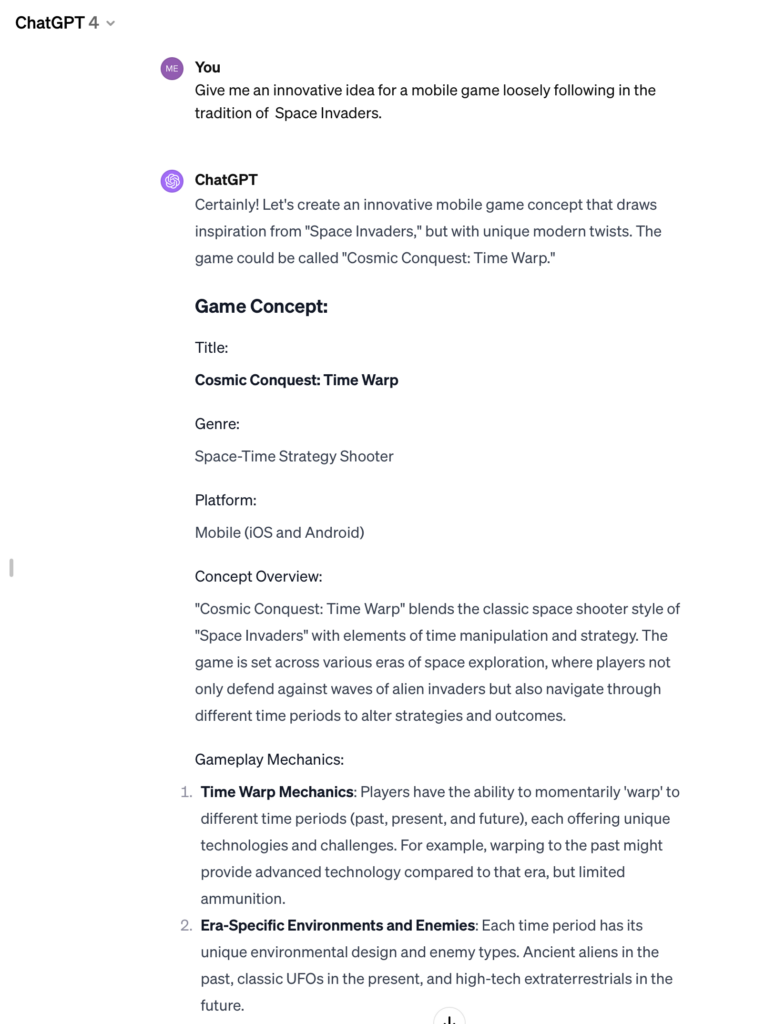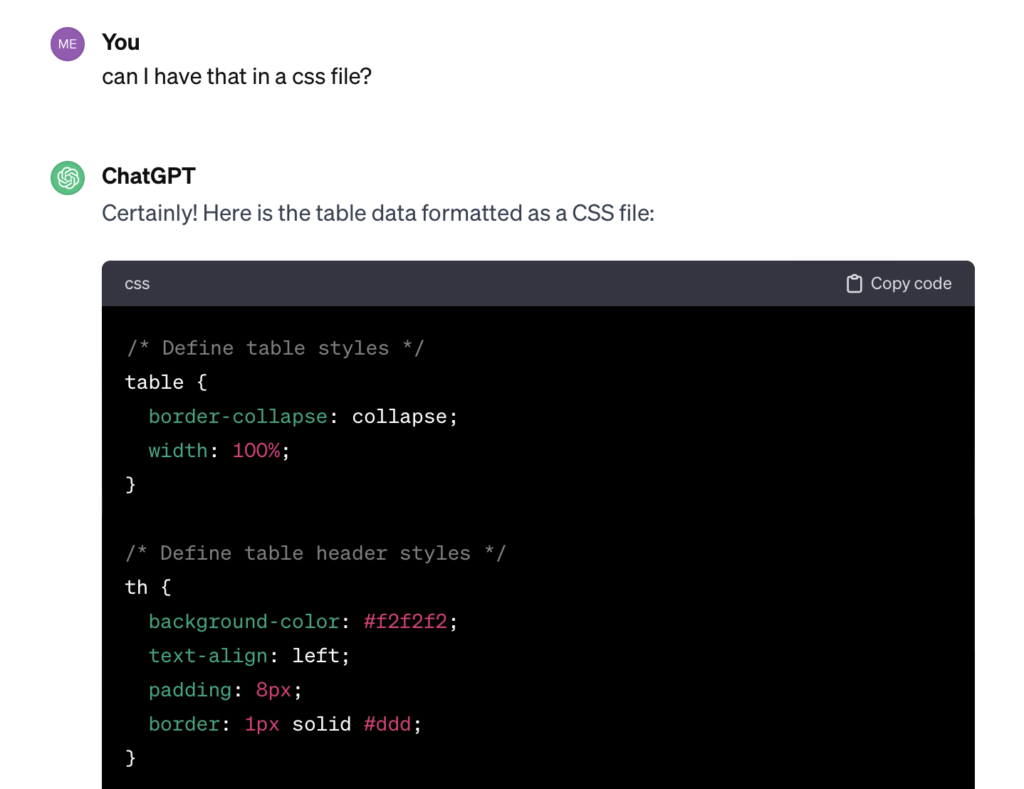Ever wish someone had written the book on everything you need to know to make mobile app businesses run profitably? Wish no more … it has been done. I recently chatted with software engineer and computer scientist Russell Ovans about his new book: Game Analytics: Retention and monetization in free-to-play mobile games, currently available on Amazon.
It’s a great primer for anyone new to the industry, and deep enough to offer even veterans deep insights into mobile game analytics.
Click play, then keep scrolling:
Falling into game analytics
The best careers are accidental. Ovans fell into social gaming in the Farmville era of games on Facebook after a venture into making day trading software pivoted unexpectedly into building a Family Feud app that went massively viral. (Yes: not all pivots are obvious!)
But the timing was … interesting.
“Facebook was the biggest gaming platform in the world,” Ovans said. “And they didn’t want to be.”
Ovans ended up selling that company to Real Networks, the early pioneer in streaming, and went off to teach at a university, start a brewery, and find other ways to light a stack of cash on fire. But years later he had a chance to join East Side Games, makers of Star Trek, The Office, and Trailer Park Boys games, as director of analytics.

One challenge: now everything in gaming and game analytics was different. He read Eric Seufert’s Freemium Economics, learning from it, but wanted more detail about how to actually do everything. And that was the genesis of Game Analytics: Retention and monetization in free-to-play mobile games.
“My book is kind of like the 300-page addendum to Freemium Economics that says, oh, by the way, this is how you calculate and build a retention curve, which is kind of the foundational piece, right?” says Ovans. “And then from there you can look at the flip side, which is the monetization curve, and from that, the monetization curve, you can then predict ROAS from early signals and and away you go, you’re off to the races.”
The Game Analytics book itself
The book is super-comprehensive and includes code samples, SQL, visuals in Tableau, example tables of data and much more to make it a super hands-on manual to game analytics, monetization, and testing.
Typical chapters include:
- Retention metrics
- Monetization metrics
- Dashboards
- The retention curve
- Predicting DAU
- The monetization curve
- A/B testing and analytics
- Optimized pricing
- Predicting ROAS from early signals
- And much, much more …
All of it comes with code samples and walks you through how to actually do all the things game analytics analysts need to do. And it also comes with the deep insights that only those who have been there and done that — and thought deeply about it, and brought a significantly analytical and scientific approach to it — can deliver.
Take A/B testing, for example.
A/B testing is something that everyone tells you to do and everyone knows is a good idea, but much fewer actually know how to do properly to generate useful results that will have a positive impact.
“A lot of people just don’t know what they’re doing,” Ovans says. “There’s a real deficit in our industry about how to do it correctly and in particular, what kind of tests you can actually do in a reasonable amount of time and have enough power in the calculation. So I go into great detail about how, before you run a test, what it is exactly you’re measuring, what’s the difference that you’re looking to detect as being significant, and thus these are the number of people that need to be in your test and control group in order to be reasonably sure.”
Ovans speaks from experience.
At one point he ran A/B tests on introducing banners ads into Trailer Park Boys. The initial test said adding the ads would not impact churn and retention, so they added the ad units. Unfortunately, the roll-out was not smooth and they had to turn it off. 6 months later Ovans re-ran the tests — after learning more about statistics and A/B testing — and determined that his initial tests had not included enough players in the sample size to be significant.
The new tests concluded rather definitively that Trailer Park Boys should not add banner ads: they would impact churn. From failure came wisdom … and someone else’s expensive lessons are the cheapest way to learn.
Other learnings: pricing in-app purchases
The book isn’t just about game analytics. It’s also full of practical insights on key things like pricing.
One example: a chapter that gives an overview of iOS and Android pricing for in-app purchases. It turns out that letting Google or Apple just morph your IAP pricing for the U.S. into currency converted values for other countries is a big mistake.
The key insight here: not all markets conform to normalized exchange rates, which will affect potential revenues. Mexico became profitable for one of Ovan’s games after he learned this lesson and reduced pricing to levels that were acceptable in the region.
Rather than straight conversions, you need to take into account purchasing power: how many hours of labor are necessary to buy a particular commodity. Another factor: Value-added taxes, which in many countries are pre-built into prices, unlike the U.S. or Canada.
And yet another gotcha: while the iOS App Store will adjust your pricing over time as currency conversions change, Google Play will not. The result over time can become quite significant, and it’ll have a major impact on your in-game economy and therefore profitability.
Highly recommended
There are plenty of uses for a book like this. One is to give it to the newbies on the team to get them up to speed. Another is to discreetly check on all the stuff that your imposter syndrome tells you that you ought to already know but somehow missed. And yet another is to use it as a resource to quickly find a method or code snippet that will come in handy.
I gotta say: I recommend Ovan’s books for all those purposes.




